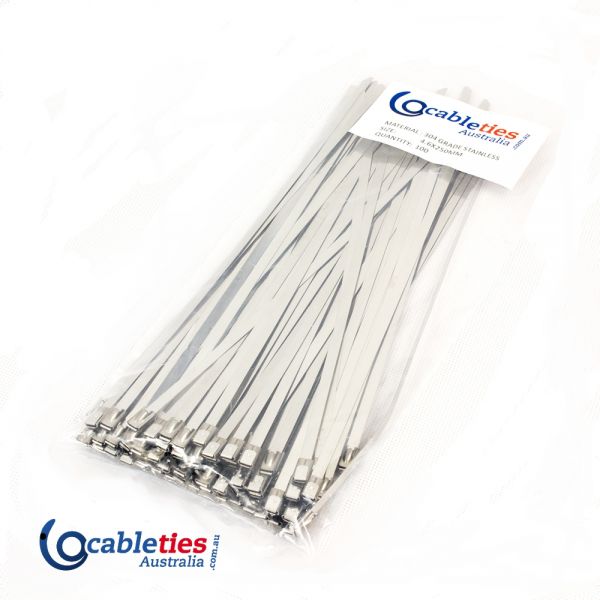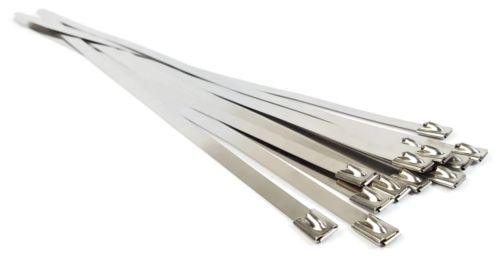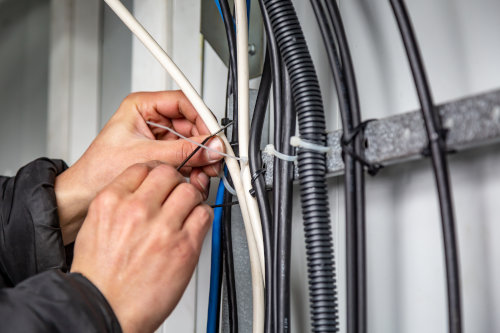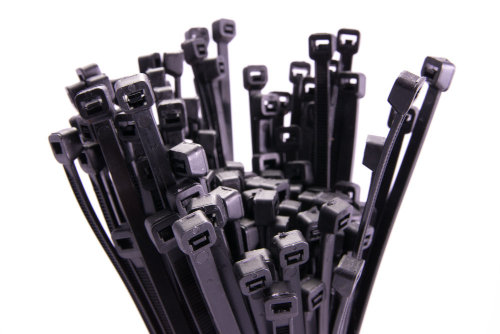Cable Ties
-
The Two Types of Stainless Steel Cable Ties: Uses and Benefits
Author: Dave ArklessCategories: Cable TiesCable ties are a staple to a lot of our home and garden organisation, but many of us assume that standard plastic zip ties are the only option out there for organising your cables, supporting your plants and securing structures.
However, this couldn't be further from the truth. There's a vast selection of cable ties you can use in and outside your home, including metal cable ties like stainless steel zip ties.
Using stainless steel cable instead of plastic zip ties is a great way to reinforce your structures and offer long-lasting support to your structures.
Interestingly, it's not just industrial professionals that can get the most use out of metal zip ties. Metal cable ties have a vast range of household uses in both indoor and outdoor environments.
We've compiled this complete guide ...
-
How Strong Are Stainless Steel Zip Ties?
Author: Dave ArklessCategories: Cable TiesZip ties, also known as cable ties or hose ties, are popular industry and household accessories with multipurpose use. The first zip tie dates back to 1958, invented by US electrical company Thomas & Betts and initially branded the Ty-Rap. While the original zip ties were made from stainless steel, since the 1970s, they are regularly manufactured using plastic and nylon. But the stainless steel variety remains an essential piece of equipment for fixing objects in harsh conditions.
...
-
8 Types of Cable Ties: Everything you need to know
Author: Dave ArklessCategories: Cable TiesThe humble cable tie is the everyman’s DIY tool. Designed by US company Thomas & Betts back in the fifties, this sturdy invention has proven to be one of the easiest to use and versatile products on the market. Its intended function has not changed over the decades, but its suitability to different purposes has broadened. Read more
How to use cable ties creatively in DIY projects.
I wonder if Thomas & Betts understood the sheer brilliance of their creation when they invented cable-ties in 1958. Initially intended for the maintenance of aircraft wires these simple strips of plastic have since proved effective for a variety of different tasks. Their genius is spreading rapidly on the internet. Search ‘cable ties’ into google and expect hundreds of videos with new tips and creations on how to utilise them for the most mundane tasks, to the most unexpected. Read more





